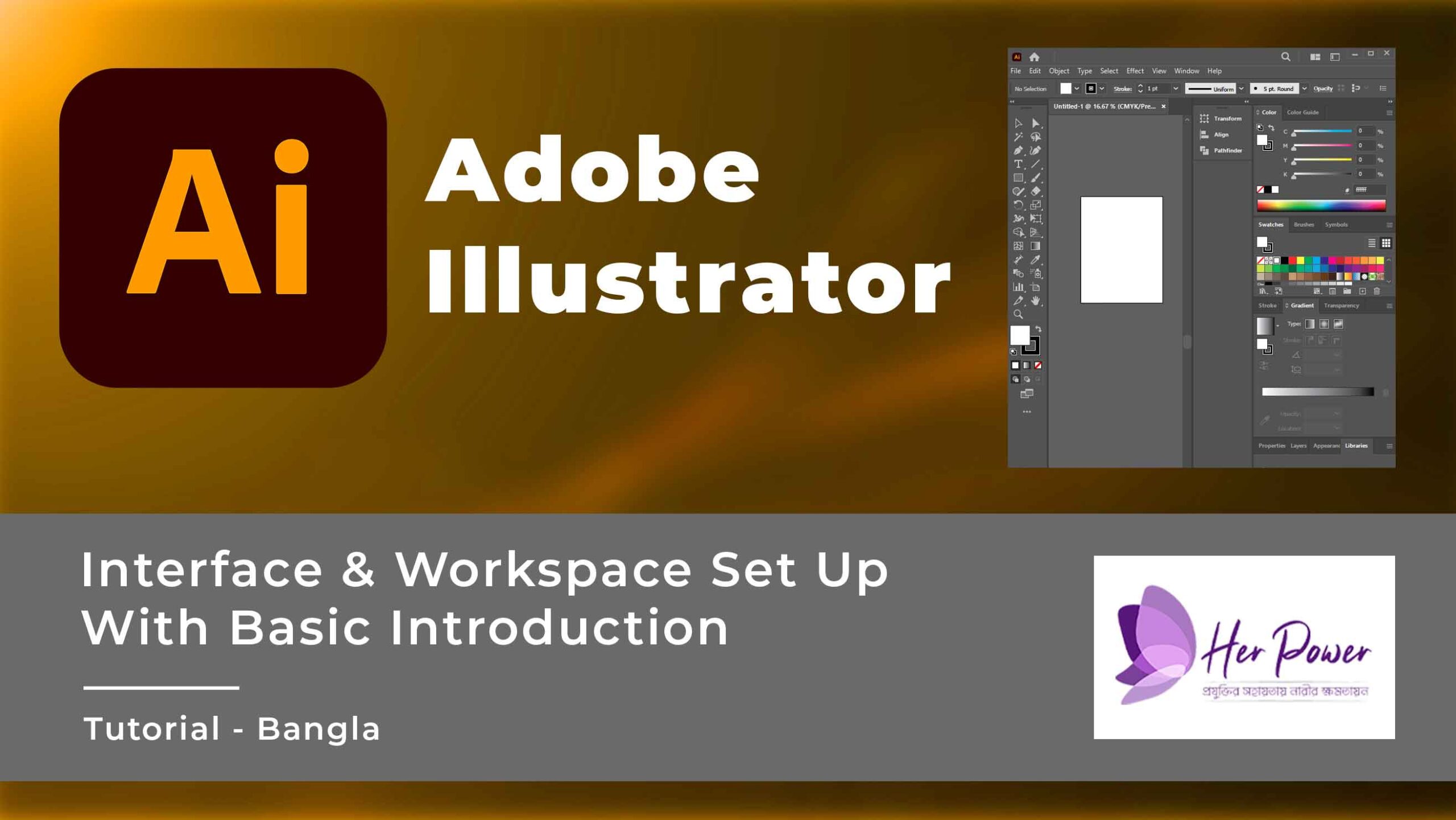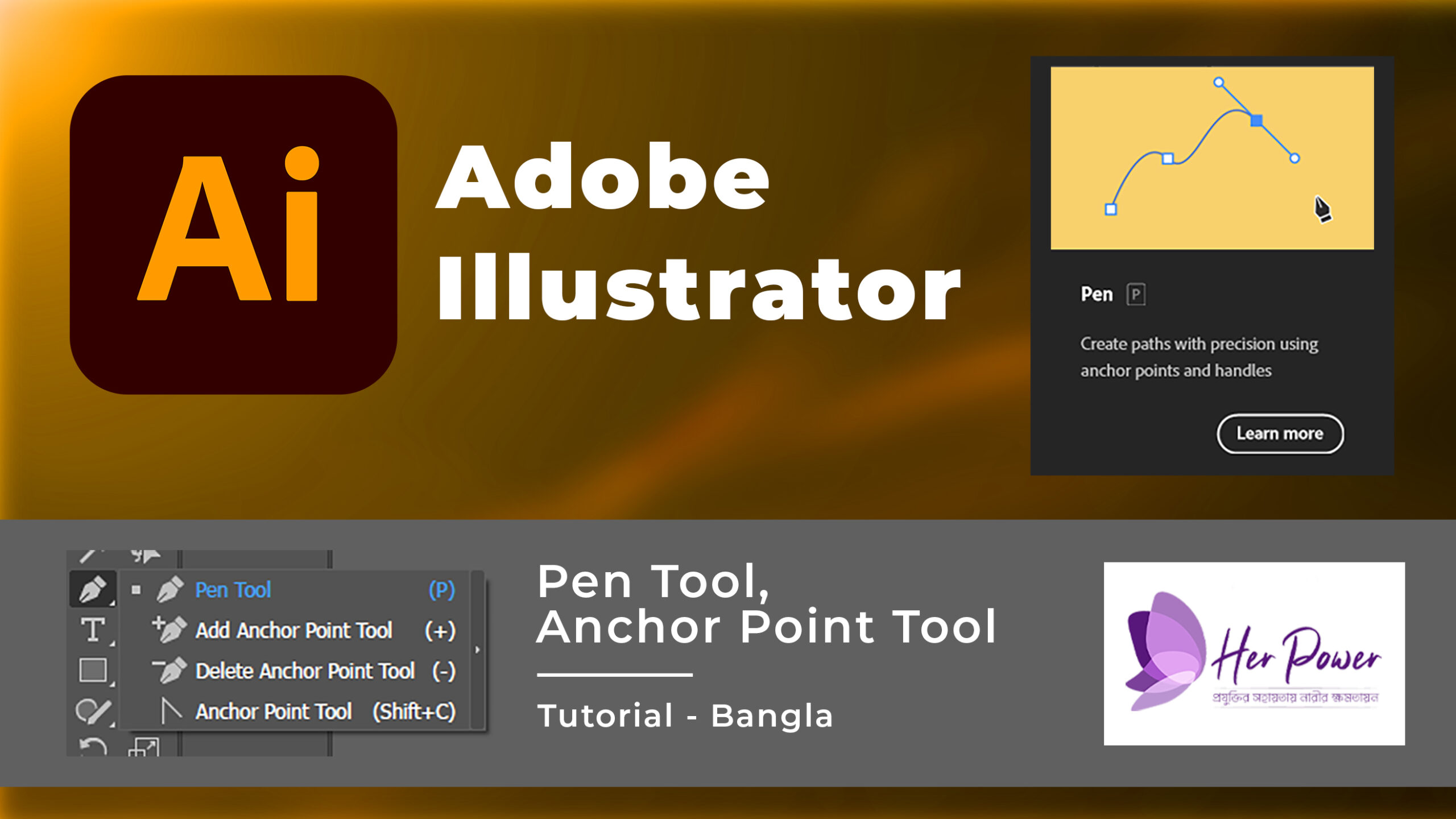In today’s digital world, email remains a primary form of communication. A well-crafted email signature is more than just a sign-off; it enhances professionalism and reinforces your brand. This article will guide you through creating an impactful email signature using image format to sidestep potential spam filters.
Understanding Email Signatures and Their Importance
What is an Email Signature?
An email signature is a block of text or image attached to the end of an email. It typically includes your name, title, and contact information. Over time, email signatures have evolved from plain text to modern designs, becoming a branding tool.
The Significance of a Well-Designed Signature
A well-crafted signature serves multiple purposes:
- Brand Reinforcement: Consistent branding boosts recognition.
- Professionalism: An appealing design elevates your image.
- Increased Visibility: It encourages readers to engage with your information.
The Risks of HTML Email Signatures
HTML signatures can often contain several links, including website addresses and social media profiles. This can lead to spam filters marking your email as unsafe. Links can trigger spam flags, especially on platforms like Gmail, risking delivery to recipients’ spam folders. Tools like DKIM and DMARC help, but are not foolproof.
Choosing the Right Email Signature Format: Image vs. Text
Why Image-Based Signatures Are Preferred
Using images for signatures offers clear advantages:
- They can bypass spam filters due to fewer links.
- Images are visually appealing and can enhance branding.
- Images typically have smaller file sizes, optimizing email performance.
Creating a Text-Based Signature (Optional)
If you prefer a text-based signature:
- Limit links to avoid spam filters.
- Keep the design simple and clean for clarity.
Designing Your Email Signature: A Step-by-Step Guide
Choosing a Design Style
Select a design that fits your brand:
- Simple and Minimalist: Focus on essential details.
- Modern and Detailed: Incorporate visuals for a dynamic look.
- Use white space effectively to enhance readability.
Selecting the Right Elements
Include vital details:
- Full name and title.
- Contact information: phone number and email address.
- Social media links, but keep them limited.
- A professional logo to enhance branding.
Using Design Software
Utilize design software like Illustrator:
- Set dimensions to a suitable size.
- Keep the resolution at 72 ppi for optimal quality.
- Consistently use your brand’s colors and themes.
Optimizing Your Email Signature for Size and Delivery
Understanding Email Attachment Limits
Keep file size in mind to ensure delivery:
- Typical email attachment limits are around 25MB.
Exporting Your Email Signature for Optimal Size
Follow these steps to export your signature:
- Export your design as a PNG or JPEG.
- Use the “Save for Web” option for best results.
- Check file sizes after optimizing; aim for under 250KB.
Troubleshooting Delivery Issues
If your signature causes delivery problems:
- Reduce the image size further.
- Remove any non-essential links from your signature.
Conclusion
A well-designed email signature is critical for professional communication and brand building. By following these guidelines, you can create a signature that not only communicates your information but also reflects your brand’s identity. Utilize the tips provided to craft your unique email signature today. A strong signature can open doors for networking, connect you with clients, and enhance your professional image. Take action and start designing!




